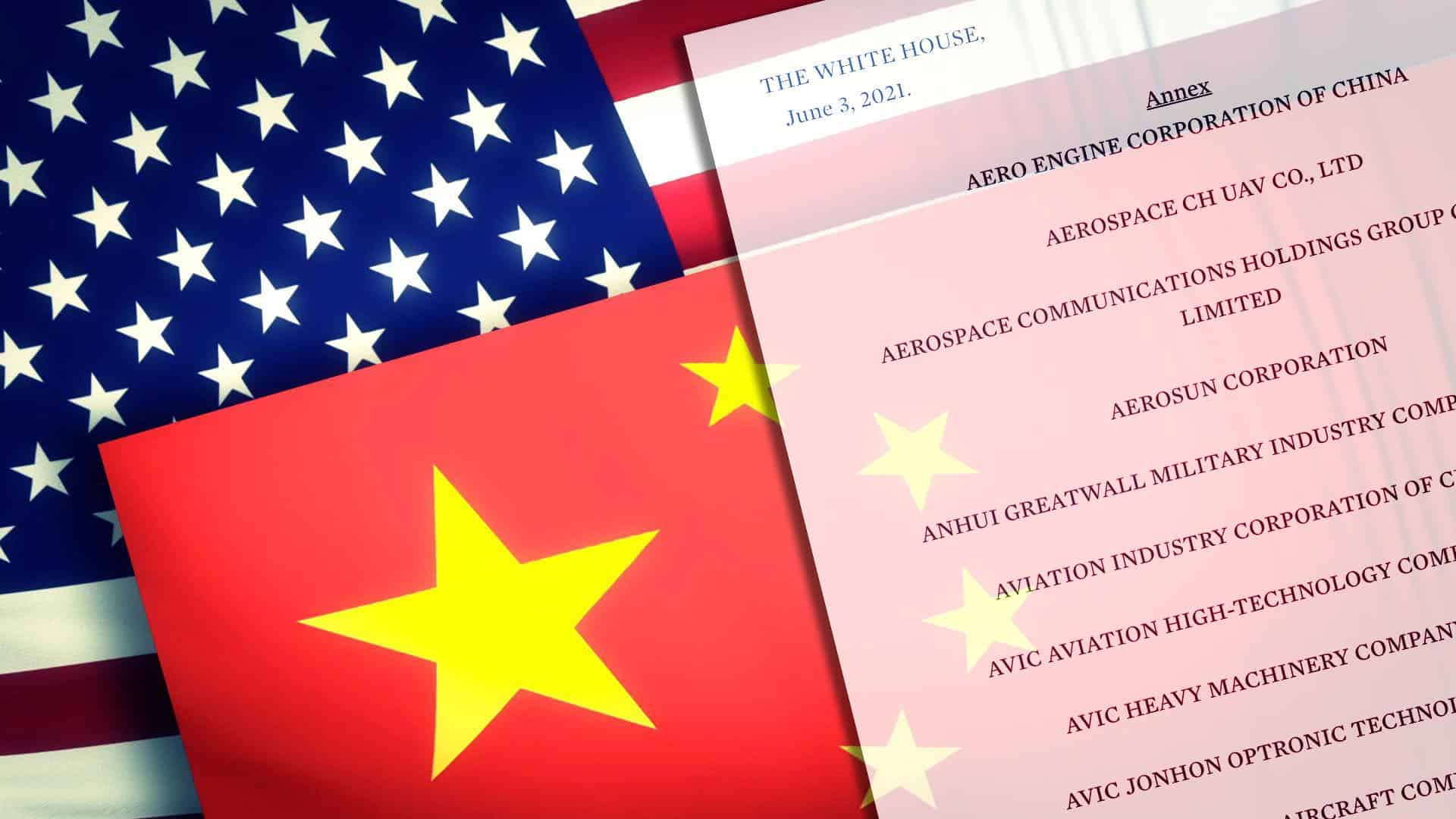This week, in a regulatory filing, Nvidia revealed that the United States has extended the limitations on its exports. This involves exportation of advanced artificial intelligence chips, produced by Nvidia. The company can no longer send AI chips to additional regions, which includes certain Middle Eastern countries. Already, there is a restrictions on exporting advanced AI chips to China.
Export controls imposed by US officials are typically driven by national security concerns. A comparable action announced in the previous year indicated an intensification of the US efforts to curtail China’s technological advancements. However, the reasons for extending these controls to the Middle East are not immediately evident. This is because the potential risks associated with exports to this region have not been clearly specified.
Nvidia mentioned that these restrictions, impacting their A100 and H100 chips developed to enhance machine-learning activities, would not cause an “immediate material impact” on their financial outcomes.
How Will this Affect Nvidia? 
In a distinct statement, Nvidia clarified that the fresh licensing prerequisite “does not impact a substantial portion of our revenue. We are collaborating with the US government to address this issue.” The US Commerce Department is responsible for overseeing new licensing obligations on exports. However, they did not promptly respond to a request for comment.
In September of the previous year, Advanced Micro Devices (AMD), a competitor of Nvidia, also announced that it had encountered new licensing requirements. These requirements would impede the export of its MI250 artificial-intelligence chips to China. Since then, Nvidia, AMD, and Intel have all revealed their intentions to develop AI chips with less potent capabilities that are eligible to export to the Chinese market.
Nvidia did not provide a specific explanation for the new restrictions in the filing dated August 28. However, last year, the company stated that US officials informed them that they implemented rule to manage the potential risk that products could be employed for “military end use” or by a “military end user” in China.
This week, Nvidia did not specify the particular countries in the Middle East that this rule will have impact on. The majority of the company’s sales, amounting to around US$13.5 billion in its fiscal quarter concluded on July 30. The company generated these sales from the United States, China, and Taiwan. The rest of the countries combined accounted for approximately 13.9 percent of the sales. However, Nvidia does not disclose a revenue breakdown for the Middle East.
In the filing dated August 28, Nvidia stated, “During the second quarter of fiscal year 2024, the US government informed us of an additional licensing requirement for a subset of A100 and H100 products destined to certain customers and other regions, including some countries in the Middle East.”
What Could be the Reason Behind These Restrictions? 
The announcements from last year emerged amidst escalating tensions concerning the situation in Taiwan, a crucial hub for chip manufacturing, including for Nvidia and most other major chip companies.
In October 2022, the Biden administration took a further step by introducing extensive export controls. This included a measure aimed at preventing China’s access to specific semiconductor chips produced globally with US equipment. This move significantly broadened the US government’s influence in its efforts to curb China’s advancements in technology and military capabilities.
Subsequently, Japan and the Netherlands also introduced similar regulations earlier this year.
How Will This Affect Chinese Companies? 
The absence of American AI chips from companies like Nvidia and AMD would hinder Chinese entities from performing cost-effective advanced computing tasks, such as image and speech recognition, among other functions.
Image recognition and natural language processing are prevalent in consumer applications like smartphones, enabling them to answer queries and label photos. These technologies also hold military applications, including analyzing satellite images for weaponry or facilities and sifting through digital communications to gather intelligence.
Source / Via: South China Morning Post





